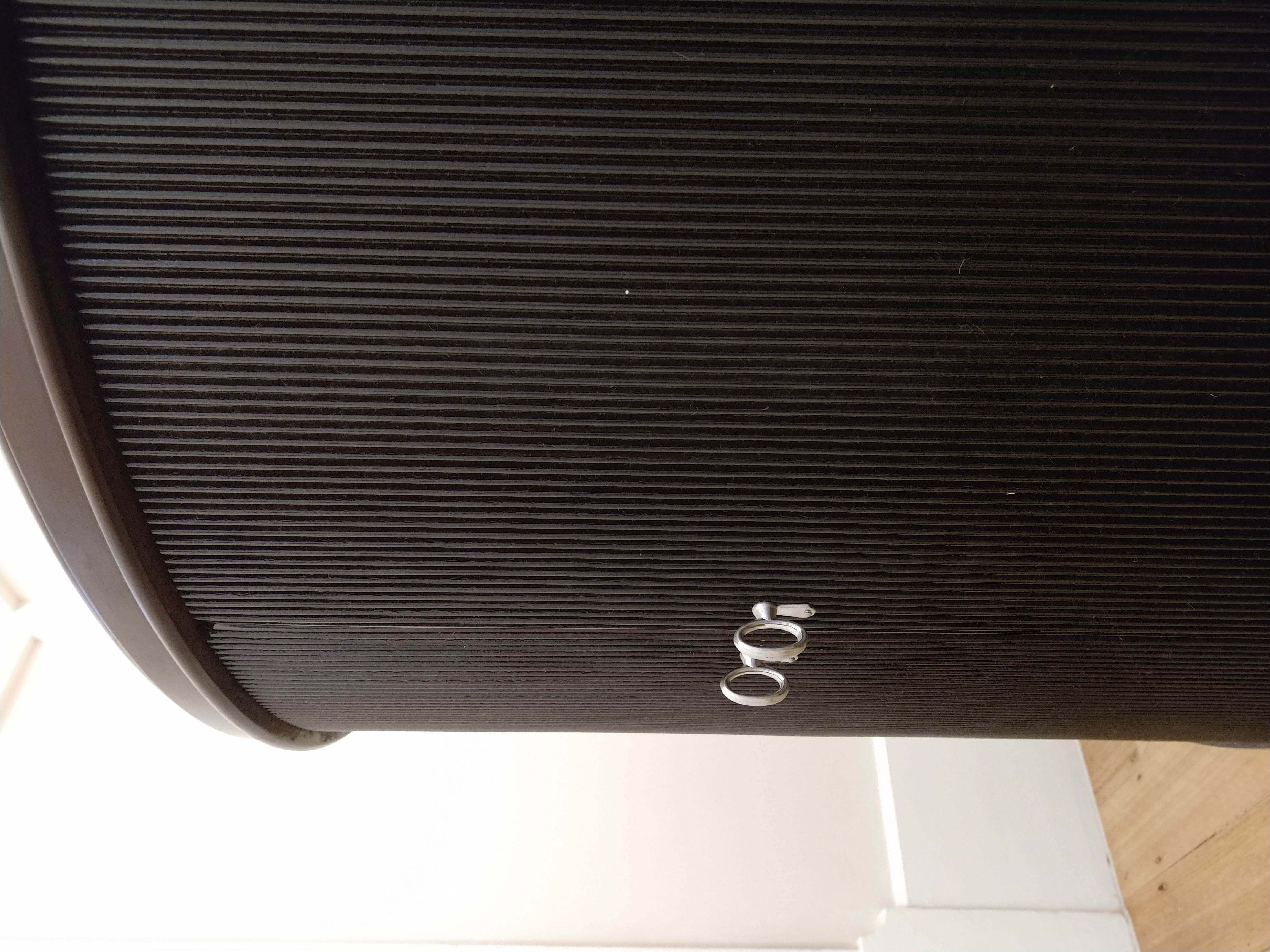Reeding on:
[Wikipedia]
[Google]
[Amazon]
 Reeding or milling is a technique wherein a number of narrow ridges called "reeds" are carved or milled into a surface with a Castaing machine.The Free Dictionary: "Reeding"
Reeding or milling is a technique wherein a number of narrow ridges called "reeds" are carved or milled into a surface with a Castaing machine.The Free Dictionary: "Reeding"
/ref>Dictionary.com: "Reeding"
/ref>
 In
In
 In
In
/ref>
 Reeding or milling is a technique wherein a number of narrow ridges called "reeds" are carved or milled into a surface with a Castaing machine.The Free Dictionary: "Reeding"
Reeding or milling is a technique wherein a number of narrow ridges called "reeds" are carved or milled into a surface with a Castaing machine.The Free Dictionary: "Reeding"/ref>Dictionary.com: "Reeding"
/ref>
Numismatics
 In
In numismatics
Numismatics is the study or collection of currency, including coins, tokens, paper money, medals, and related objects.
Specialists, known as numismatists, are often characterized as students or collectors of coins, but the discipline also inclu ...
, reeded edges are often referred to as "ridged" or "grooved" (American usage), or "milled" (British usage). Some coins, such as United States quarters and dimes, 1 euro, Australian 5, 10, 20 cents, 1 and 2 dollars, as well many other current coins, have reeded edges.
One reason for having reeded edges was to prevent counterfeiting. Some gold and silver coins were reeded to discourage clipping, i.e. scraping off the precious metals from the edge of the coin, to maintain its stated value in precious metal. This practice was made more difficult through the implementation of reeding by Isaac Newton
Sir Isaac Newton () was an English polymath active as a mathematician, physicist, astronomer, alchemist, theologian, and author. Newton was a key figure in the Scientific Revolution and the Age of Enlightenment, Enlightenment that followed ...
in 1698, during his time as warden of the Royal Mint.
Another benefit of certain coins having reeded edges is that it helps the visually impaired identify different coin denominations by sense of touch alone.
This dual purpose of reeding is sometimes made explicit on the milled edges of coins themselves. For example, many issuances of the British pound coin have historically had their edges inscribed with the Latin
Latin ( or ) is a classical language belonging to the Italic languages, Italic branch of the Indo-European languages. Latin was originally spoken by the Latins (Italic tribe), Latins in Latium (now known as Lazio), the lower Tiber area aroun ...
phrase '', an adaption from Vergilius' ''Aeneid
The ''Aeneid'' ( ; or ) is a Latin Epic poetry, epic poem that tells the legendary story of Aeneas, a Troy, Trojan who fled the Trojan War#Sack of Troy, fall of Troy and travelled to Italy, where he became the ancestor of the Ancient Rome ...
'' meaning 'an ornament and a safeguard'.
Furniture
 In
In furniture
Furniture refers to objects intended to support various human activities such as seating (e.g., Stool (seat), stools, chairs, and sofas), eating (table (furniture), tables), storing items, working, and sleeping (e.g., beds and hammocks). Furnitur ...
, reeding is sometimes used around bedposts, and the legs of tables and chairs. Its use in this fashion was inspired by Greek and Roman architectural styles, and is the opposite of fluting.
Architecture
Inarchitecture
Architecture is the art and technique of designing and building, as distinguished from the skills associated with construction. It is both the process and the product of sketching, conceiving, planning, designing, and construction, constructi ...
, reeding is a form of molding usually found on columns, and is sometimes considered to be synonymous with gadrooning.Encyclopædia Britannica: "Fluting and Reeding"/ref>
See also
* Knurling * Milled coinage * Spline (mechanical)References
{{Woodworking Architectural elements Numismatics Woodworking Metalworking Metal forming Accessibility